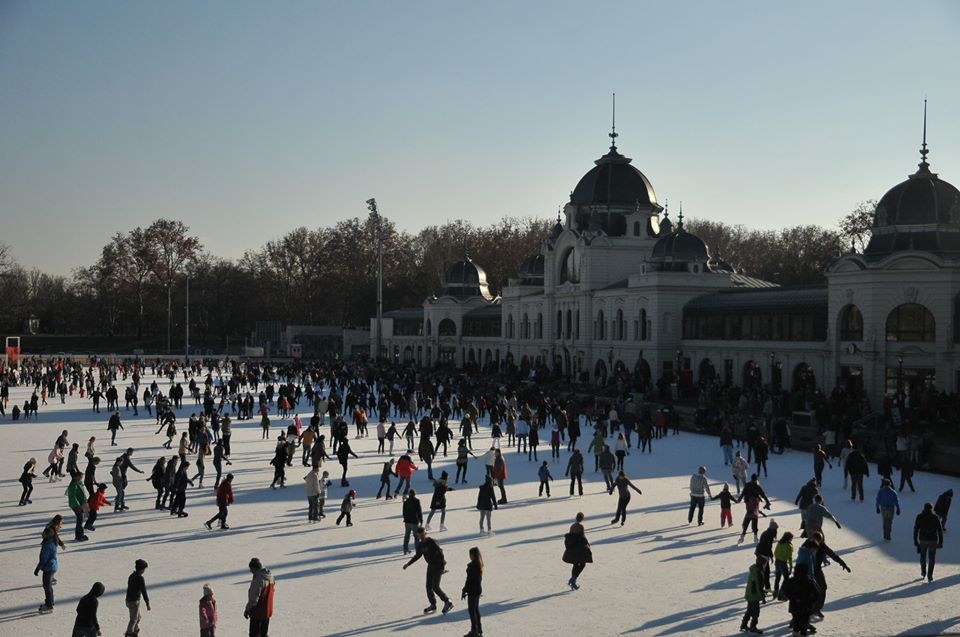Did you know?! – 8 surprising facts about Budapest!

Budapest is one of the most beautiful cities in the world. Therefore, more and more tourists come to visit the “Jewel Box” of Hungary. Still, there are several interesting facts about Budapest that might be surprising not only for tourists but for the majority of Hungarians as well. Let us see which are these! 😉
The image of goulash
The popular Hungarian “goulash” soup has a different image abroad – visitors usually expect a stew-based dish, similar to the domestic beef stew, rather than the real Hungarian goulash.

The tasteful soup is very popular among tourists; accordingly, several travel blogs mention the Hungarian speciality that should not be missed out on when visiting Hungary. 😉
Vajdahunyad Castle was originally made of cardboard

As Magyarorszagom reports, the castle was originally built for a temporary exhibition; therefore, its first “version” was made of cardboard and wood. However, it became so popular among visitors that not much later, in 1904, its stable version was built.
Budapest gives home to the largest European ice rink

Since 1870, the City Park Ice Rink is one of the most popular attractions during wintertime, along with its beautiful surroundings.
In the vicinity of Heroes’ Square, we can find the continent’s largest ice rink, which is undoubtedly the most-visited skating rink in Budapest.
In the last few years, several renovations were carried out, enhancing the beauty of the area. The 12,070 m2 skating rink also provides an opportunity for skate rental, so nothing can stop you from enjoying the joys of ice skating. 😉
Pestbuda vs. Budapest
Another interesting fact about Budapest is that after the unification of the three parts – Buda, Pest, and Óbuda – in 1873, the Hungarian capital was almost denominated as Pestbuda.
Saint Gerard Statue
Saint Gerard Statue is a real jewel of Budapest; however, its interesting history is not widely known. Gerard was making a pilgrimage to Palestine, where Saint Stephen asked him to help convert the pagan Hungarians to Christianity. Unfortunately, the efforts were useless, and by the death of St. Stephen, St. Gerard could not be protected anymore. The pagan nation immediately took advantage of the opportunity and caught him.

Gerard was rolled down from the hill in a barrel. His statue is located exactly at the point where he was killed. At the foot of the statue, some pagan Hungarians stare at St. Gerard, who intensely holds his cross towards the sky.
Budapest – Spa Capital of the World

Budapest gives home to the largest number of spas; accordingly, it also bears the title “Spa Capital of the World”. As bpromantikaja.blog.hu reports, the Hungarian capital was also elected as the perpetual seat of the International Spa Association in 1937 thanks to its 118 medical sources, wells, and five still-operating historic thermal baths.
Thermal water under Heroes’ Square

Few may know that Heroes’ Square has a hidden secret underground. 140 years ago, in 1877, Vilmos Zsigmond, a mining engineer, found thermal water here. The 74-degree-hot healing water is more than 800 metres deep under the surface.
Budapest’s Chicago

District 7 of Budapest (Elizabeth City) was also called ‘Chicago’ between 1896 and 1898, after this separate part of the capital was built between Rottenbiller-Damjanich-Dózsa György streets.
The parallel structure of the zone was similar to Chicago, which used to be the “supercity” of that age, so residents of Budapest started to use this label more and more frequently.
Source: magyarorszagom.hu; bpromantikaja.blog.hu






